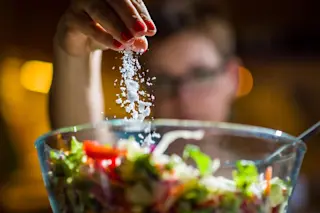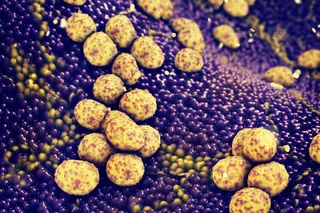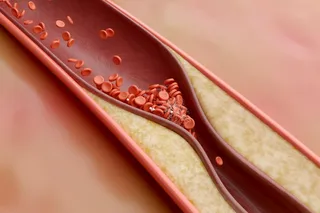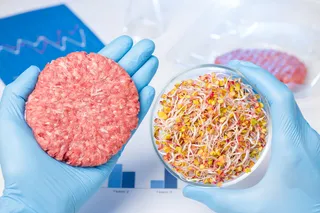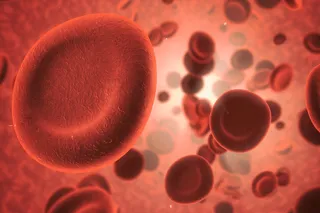In January 2025, the World Health Organization (WHO) released new guidelines recommending a switch from typical table salt to alternatives containing less sodium, aiming to reduce worldwide sodium intake by 30 percent in the next five years.
One of the leading causes of death globally is cardiovascular disease — and often, eating too much salt can contribute to that. The average person consumes significantly more salt than is healthy, resulting in an intake of four grams of sodium per day. It’s hard to get away from it: Our taste buds are used to the savory foods we cook at home or order at restaurants, and sodium is also found in many processed foods not only as a flavor enhancer, but as a preservative.
One alternative health experts tout is potassium-enriched salt, or potassium chloride. Like sodium chloride, it’s a naturally occurring compound, containing more potassium than it does sodium. It ...



